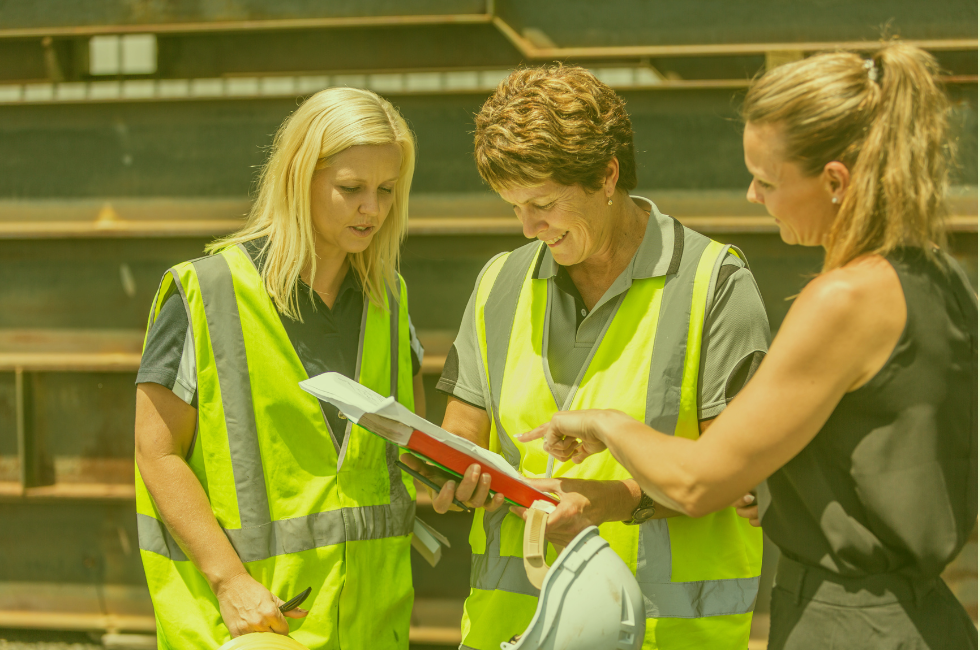In an era where diversity and inclusivity are increasingly valued in the workforce, the construction industry stands at a pivotal moment. In a traditionally male-dominated field, the sector is undergoing a transformation having recognised the untapped potential of women as skilled workers. The question arises: Could women be the future of the construction industry? In this blog, Georgia Box, Marketing Manager at Vision Personnel, explores the challenges that women face in the construction industry, the solutions to overcome these challenges, and the invaluable contributions women bring to the construction industry.
Limits and hurdles for women in construction:
- Lack of representation and visibility: Women are significantly underrepresented in the construction industry, leading to a lack of role models and support networks.
- Gender bias and stereotypes: Prevalent stereotypes about gender roles often discourage women from pursuing careers in construction. They may face discrimination, or skepticism about their abilities.
- Limited access to training and opportunities: Women may encounter obstacles in accessing training programs, apprenticeships, or career progression opportunities within the construction sector.
Resolving limitations and hurdles:
- Promoting diversity and inclusion initiatives: Companies and industry organisations can actively promote diversity and inclusivity through means such as mentorship programs, diverse advertising campaigns, networking opportunities, and diversity training. These initiatives will help to create enticing and supportive environments for women.
- Addressing cultural norms and biases: Challenging and changing prevailing gender stereotypes and biases through education, awareness campaigns, and leadership commitment can help to create a more inclusive culture within the construction industry.
- Providing supportive policies and accommodations: Implementing policies such as flexible work arrangements, maternity leave, and childcare support can help address specific challenges faced by women in construction, enabling them to balance work and family responsibilities more effectively.
- Improving access to training and career development: Investing in targeted recruitment efforts, training programs, and apprenticeships specifically designed to attract and support women can help increase their participation and the appeal for a future within the construction industry.
The impact that women can have on the construction industry:
- Diverse perspectives and problem-solving skills: Women bring unique perspectives and problem-solving approaches to the construction industry, enhancing innovation and creativity in project planning and execution.
- Enhanced team dynamics and communication: Women’s strong interpersonal skills and collaborative working styles contribute to positive team dynamics, fostering effective communication and cooperation on construction sites.
- Addressing labour shortages: As the construction industry faces labour shortages, tapping into the underutilised talent pool of women can help address workforce challenges and meet the growing demand for skilled workers in the sector.
- Inspiring Examples for Generations to Come: Women venturing into the construction sector today are poised to serve as influential role models for tomorrow’s aspiring professionals. As the number of women showing interest in construction careers continues to grow, the industry stands to benefit from an increasingly diverse pool of talent, encompassing a wide array of skill sets and expertise.
In conclusion, with the construction industry currently grapples with challenges such as labour shortages, technological advancements, and sustainability concerns, harnessing the potential of women is more critical than ever. By breaking down barriers, cultivating talent, and embracing diversity, the construction sector can position itself for sustainable growth and innovation.
Women are not just the future of skilled workers in the construction industry—they are an integral part of its present and essential to its evolution.














